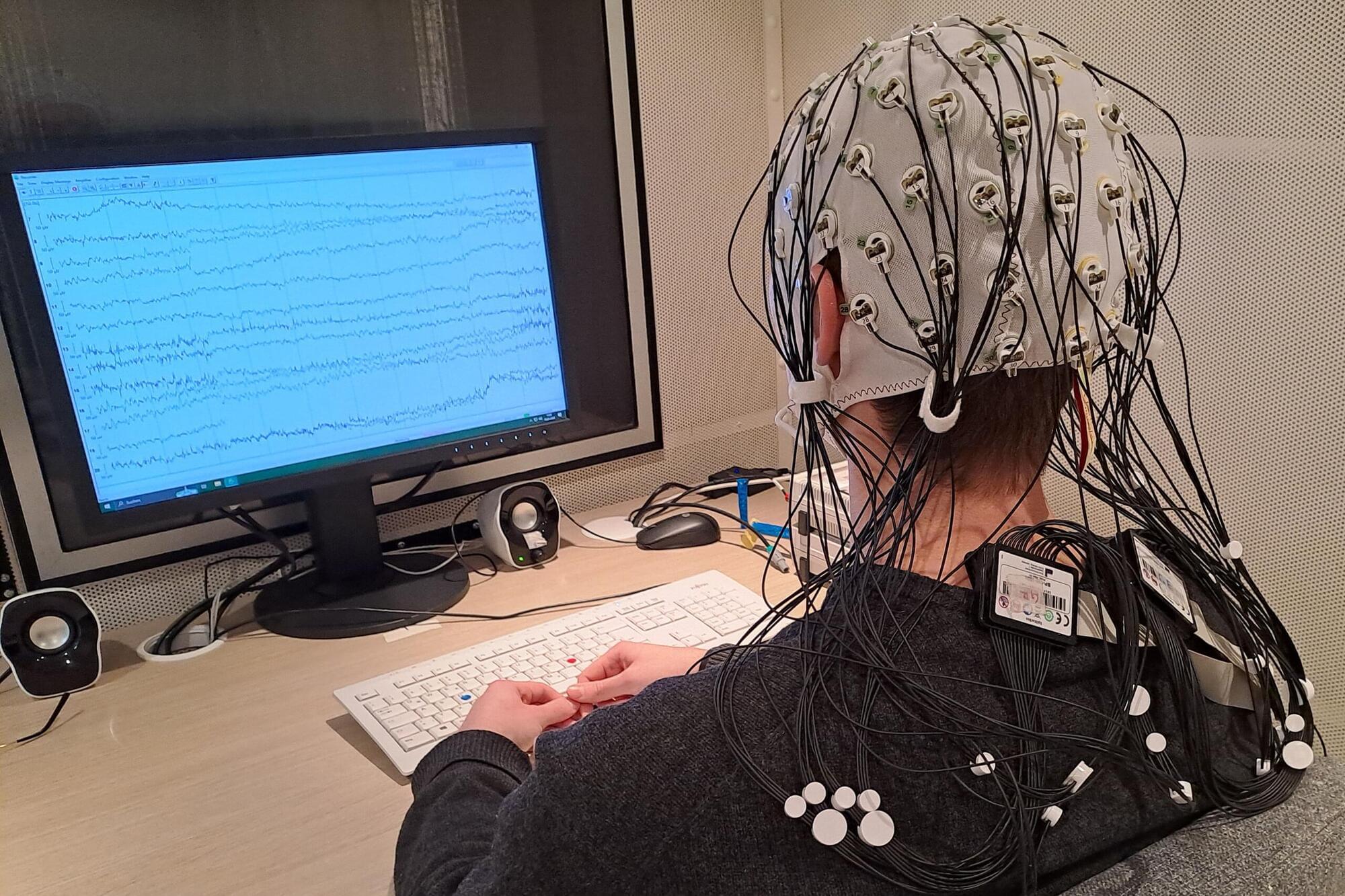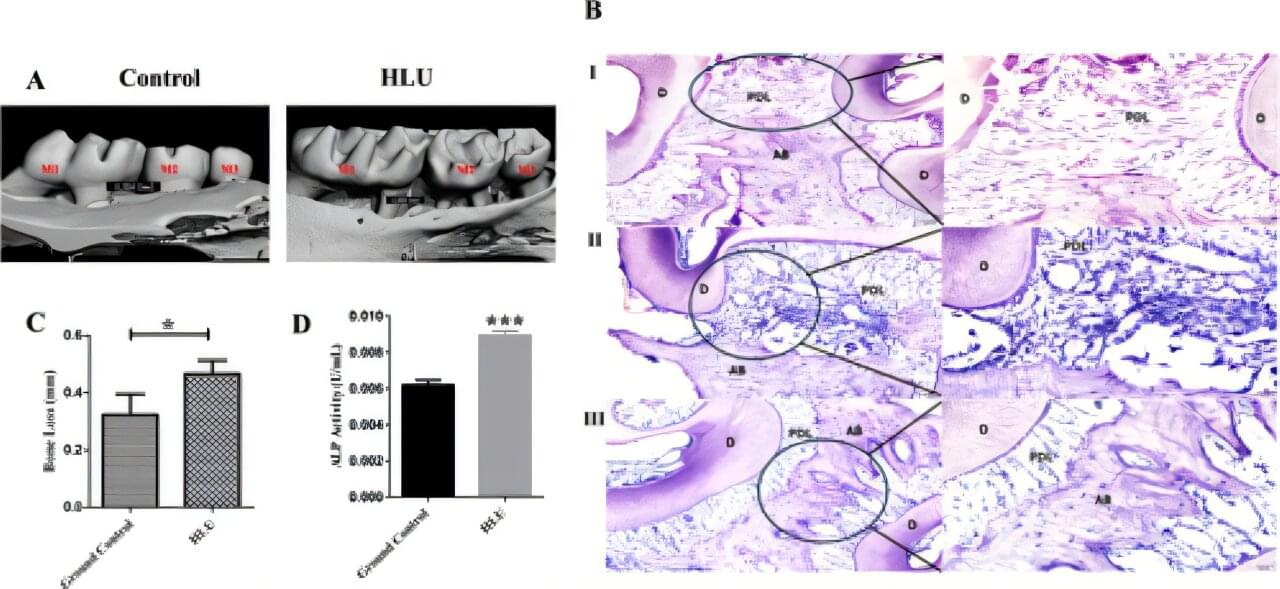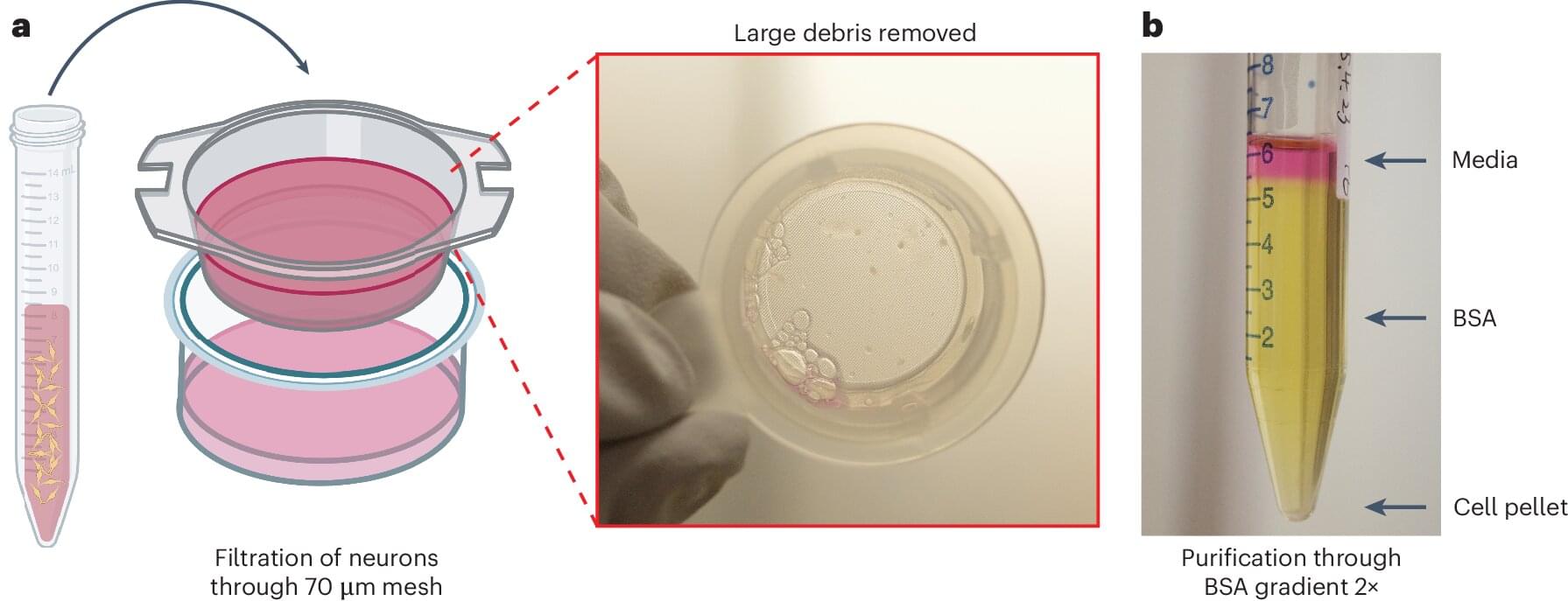New data reveals the virus has spread to endangered species in Antarctica – yet the H5N1’s risk to biodiversity, farming and human health is little explored
Chengdu University of Technology-led research has established a high-resolution astrochronological framework spanning approximately 57.6 million years of the early Ediacaran Period. This calibrated timeline provides precise constraints on major climatic events and the appearance of early complex life, offering critical context for understanding environmental change and biological innovation during Earth’s early history.
Understanding early life on Earth has been frequently stalled by an imprecise geological clock. Scientists have relied on broad stratigraphic patterns to trace the early Ediacaran Period (635 to 538.8 million years ago), a time marked by massive climate upheavals and the first signs of complex life.
Without consistent radiometric dating, researchers have struggled to align environmental disruptions such as shifts in carbon chemistry or marine oxygen levels with biological change. It’s a bit like having a few puzzle pieces and a stack of puzzles they might have come from. Fragmented timelines have left unanswered questions about what may have triggered evolutionary steps and when they occurred.
A new study published in Psychiatry Research: Neuroimaging has found that adolescents with major depressive disorder display unusual eye movement patterns, which are linked to cognitive problems such as memory and attention deficits. The researchers used eye-tracking technology to compare the visual behavior of adolescents with and without depression during different visual tasks. They found that certain eye movement characteristics were significantly different in adolescents with depression and were associated with poorer performance on cognitive tests.
Major depressive disorder often begins during adolescence, a period of intense emotional, social, and cognitive development. Depression in teenagers is not only becoming more common but also tends to recur and interfere with many areas of life, including school, family relationships, and social functioning. In many cases, even when mood symptoms improve with treatment, cognitive difficulties—like trouble with memory, attention, and understanding social cues—can persist. These problems can make it hard for adolescents to return to normal daily activities and may contribute to poor treatment outcomes and higher relapse rates.
In recent years, researchers have become interested in using eye-tracking technology as a non-invasive way to study how the brain processes information. Eye movements, including how often people look at certain parts of an image or how well they can follow a moving object, are known to reflect underlying cognitive processes. For example, smooth and coordinated eye movements require good attention control, while frequent or erratic eye movements might indicate difficulty with focus or information processing. Since brain areas involved in eye control also play a role in cognitive functioning, the researchers wanted to explore whether eye movement patterns could serve as indicators of cognitive problems in depressed adolescents.
The study provides critical new insights into the African Humid Period, a time between 14,500 and 5,000 years ago when the Sahara desert was a green savanna, rich in water bodies that facilitated human habitation and the spread of pastoralism. Later aridification turned this region into the world’s largest desert. Due to the extreme aridity of the region today, DNA preservation is poor, making this pioneering ancient DNA study all the more significant.
Genomic analyses reveal that the ancestry of the Takarkori rock shelter individuals primarily derives from a North African lineage that diverged from sub-Saharan African populations at about the same time as the modern human lineages that spread outside of Africa around 50,000 years ago. The newly described lineage remained isolated, revealing deep genetic continuity in North Africa during the late Ice Age. While this lineage no longer exists in unadmixed form, this ancestry is still a central genetic component of present-day North African people, highlighting their unique heritage.
An international team led by researchers from the Max Planck Institute for Evolutionary Anthropology in Leipzig, Germany, has sequenced the first ancient genomes from the so-called Green Sahara, a period when the largest desert in the world temporarily turned into a humid savanna-like environment. By analyzing the DNA of two 7,000-year-old naturally mummified individuals excavated in the Takarkori rock shelter in southwestern Libya by the Archaeological Mission in the Sahara, Sapienza University of Rome, the team showed that they belonged to a long-isolated and now extinct North African human lineage. This group of cattle pastoralists has only a minor genetic component of non-African ancestry, suggesting that animal husbandry may have spread into the Green Sahara through cultural exchange rather than large-scale migrations.
A study published in Science Advances has revealed promising strategies to significantly improve crop yields by addressing photorespiration, a metabolic process that can reduce productivity by up to 36% in some crops. Researchers from the University of Groningen and Heinrich Heine University Düsseldorf, working as part of the GAIN4CROPS project, have evaluated several alternative pathways that could help overcome this major agricultural bottleneck.
Photorespiration occurs when the enzyme RuBisCO, essential for photosynthesis, reacts with oxygen instead of carbon dioxide, resulting in substantial losses of fixed carbon and energy. This inefficiency costs the global agricultural sector billions in lost crop productivity annually.
“Our work shows that overcoming photorespiration through engineered pathways can provide a dual benefit: increasing carbon fixation while reducing energy losses,” said Prof. Heinemann from the University of Groningen. “This has significant implications for the development of crops that are not only more productive but also better adapted to the changing climate and growing global food demands.”
When the brain is under pressure, certain neural signals begin to move in sync—much like a well-rehearsed orchestra. A new study from Johannes Gutenberg University Mainz (JGU) is the first to show how flexibly this neural synchrony adjusts to different situations and that this dynamic coordination is closely linked to cognitive abilities.
“Specific signals in the midfrontal brain region are better synchronized in people with higher cognitive ability—especially during demanding phases of reasoning,” explained Professor Anna-Lena Schubert from JGU’s Institute of Psychology, lead author of the study published in the Journal of Experimental Psychology: General.
The researchers focused on the midfrontal area of the brain and the measurable coordination of the so-called theta waves. These brainwaves oscillate between four and eight hertz and belong to the group of slower neural frequencies.
Commerce Secretary Howard Lutnick on Thursday touted the use of robotics in his pitch for an American “manufacturing renaissance.”
The big picture: While President Trump’s tariffs are meant to boost American manufacturing and jobs, U.S. manufacturers will likely hurt from these tariffs, at least in the short run. Whether they lead to more jobs in the long term remains an open question.
What he’s saying: Lutnick made the case in several TV interviews this week that tariffs will bring jobs and factories back to the U.S., saying they’ll utilize robotics to make American workers “more efficient.”
Living in zero gravity can lead to periodontitis, a common and serious condition where the gums become inflamed and the bone that supports teeth starts to break down, eventually leading to tooth loss, scientists reveal in a new study.
The scientists confirm their findings in a study published in the Journal of Periodontal Research, in which they try to understand how simulated microgravity —the near-weightless environment astronauts experience in space—might influence the development and severity of periodontitis.
The researchers carried out their experiment in a lab in which mice were used to test the impact of periodontitis in microgravity conditions and on Earth. To simulate this, they used a special model where mice were placed in a position that mimics the effects of microgravity, and then gum disease was induced.
Understanding the electrical activity of neurons is key to unlocking insights into neurological diseases. Yale researchers have unveiled a high-throughput automated method that captures the electrical activity of large numbers of neurons simultaneously and without bias.
This cutting-edge approach provides a powerful “functional fingerprint” of neuron populations in their natural state, opening new doors to understanding and treating neurological diseases. The work was published June 13 in Nature Protocols.
The patch-clamp technique has long been a gold standard for studying the electrical activity of neurons, the fundamental units of the nervous system. However, the manual execution of this approach is slow and labor-intensive. Recent advances in robotic patch-clamp technologies have improved speed and efficiency, but they are limited to artificially grown neurons rather than neurons in their native unmanipulated state.
The melting of crystals is the process by which an increase in temperature induces the disruption of the ordered crystalline lattice, leading to the disordered structure and highly fluctuating dynamic behavior of liquids. At the glass transition, where an amorphous solid (a glass) turns into a liquid, there is no obvious change in structure, and only the dynamics of the atoms change, going from strongly localized dynamics in space (in the glass state) to the highly fluctuating (diffusive) dynamics in the liquid.
The search for the atomic-scale mechanism of 3D crystal melting has a long history in physics, and famous physicists such as Max Born, Neville Mott and Frederick Lindemann proposed different ways to look at it. I have always had the impression that we still do not understand the melting of 3D crystals, which is a highly complicated cooperative process involving nonlinearly coupled dynamics of a huge number of atoms. This complexity I always found very fascinating.
Comparatively, the melting of 2D solids, mediated by dislocations-unbinding, is much better understood, and the theory that describes it led to the 2017 Nobel prize in physics for Kosterlitz and Thouless.









